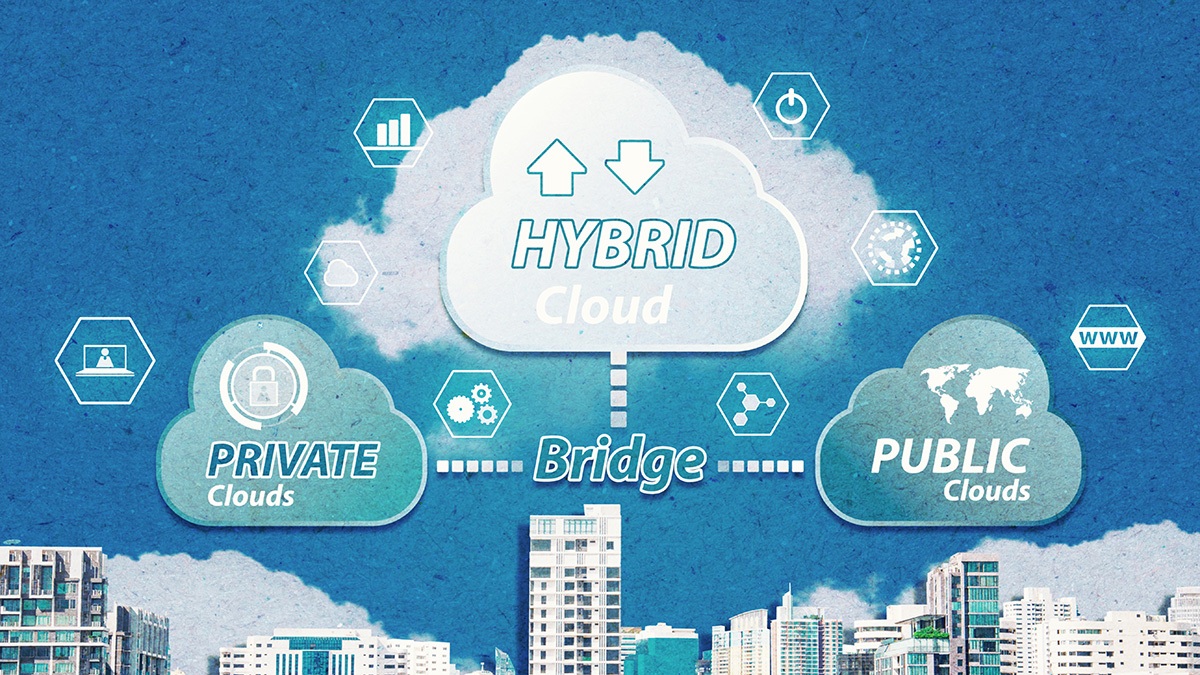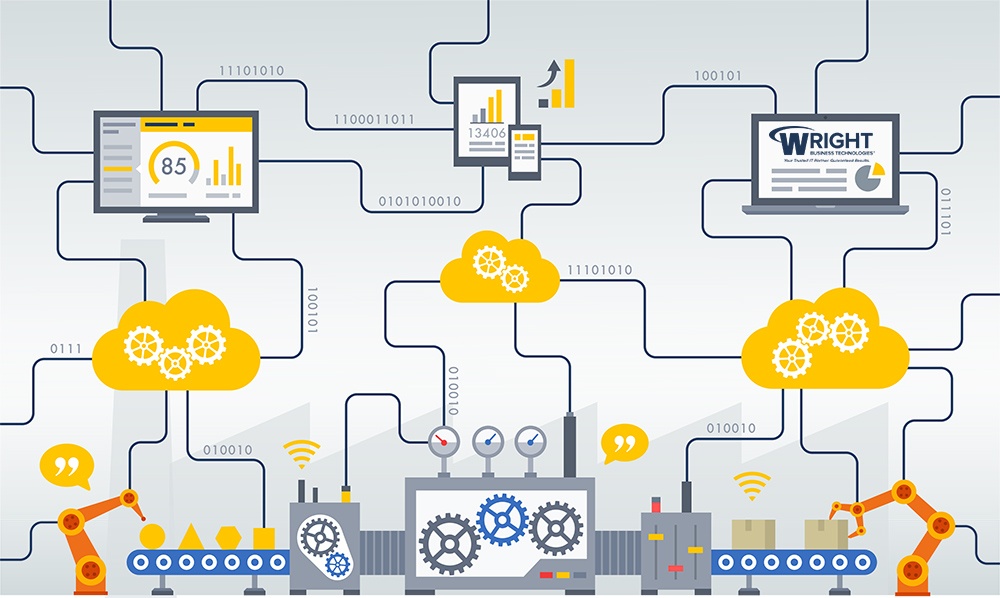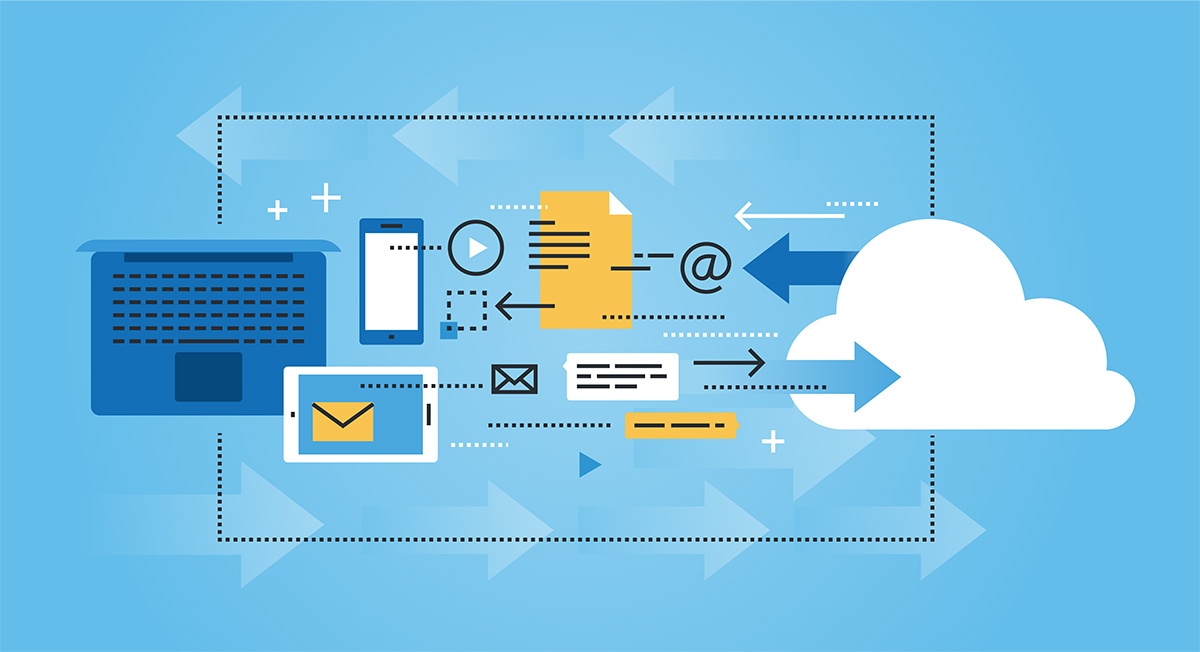Cloud Computing Trends The Last Year
Cloud Computing Transformation
From the consumer internet to remote working and enterprise computing, cloud computing has totally transformed how we work, play, and live our lives.
While many aspects of the greater cloud computing networks that underpin our global business are often invisible, the 2020 pandemic has laid bare how essential the cloud really is.
From employees working remotely through cloud-based applications and on cloud-based servers to consumers who utilize cloud-as-a-service streaming models to obtain goods and services, the cloud has made life in the midst of a global pandemic possible for many businesses and individuals.

These cloud computing trends are only set to accelerate in 2021 and beyond as businesses continue to look to the cloud for scalability, continuity, and the flexibility to stay agile during adverse economic conditions.
Following are six innovative trends in cloud computing you will want to follow.
6 Innovative Trends in Cloud Computing To Watch in 2021
1. Managed Infrastructure-as-a-Service (laaS) is here to stay

Remote working is here to stay. Many major companies, particularly tech companies, have already shifted to a permanent work-from-home arrangement with complete remote workforces.
Other companies are pivoting to a new hybrid-work model with portions of their employees working remotely. In contrast, others come to the office for one or two days a week to collaborate, meet with clients or use office equipment.
This general shift towards remote and hybrid working for many office employees will only increase demand for software-as-a-service (SaaS), Platform-as-a-Service (PaaS), and Infrastructure-as-a-Service (IaaS). All three cloud-based services are expected to grow exponentially during 2021 and beyond as remote workforces continue to demand high-performing and scalable infrastructure and cloud-native applications.
While most businesses already utilize SaaS products, such as Microsoft Office suite and Google Workspace, which push cloud-native applications to anyone with a subscription and an internet connection, enterprise adoption of PaaS and IaaS are both expected to grow rapidly in the coming years.
The Infrastructure-as-a-Service (IaaS) sector, in particular, is expected to grow exponentially as businesses move towards virtualizing their entire IT infrastructure, including servers and data storage, via cloud computing operated by third-party cloud providers such as Amazon Web Services (AWS), Microsoft Azure, and Google Cloud Platform (GCP).

Participate in our poll and see the results when you are finished.
2. Going Completely “Off-Prem”

For the past 15 years, businesses have been slowly migrating their computer resources from on-premise assets, such as an onsite data center in the basement of their office building, to off-premise (“off-prem”) providers such as Amazon Web Services (AWS), Microsoft Azure, and Google Cloud Platform (GCP).
Rather than buying their own capital-intensive servers, off-prem cloud computing providers can provide businesses with the latest Linux distribution, most advanced processors, and best-in-class cloud administration.
The scalability, continuity, flexibility, and security, not to mention cost savings offered by going off-prem, have driven a dramatic revolution in the IT world. This trend of moving toward a public cloud model where businesses do not need to build their own IT server infrastructure and systems will accelerate in 2021.
Many startups born after the advent of the cloud are already exclusively off-prem. The real challenge is for existing enterprises with existing applications and systems that pre-date the modern cloud to figure out a way to migrate their on-premise data systems to a public cloud or hybrid cloud model without losing efficiency.
3. Hyper-Converged Infrastructure

For many businesses, the move to total off-prem or off-premise public cloud can’t always be made with a single titanic leap.
Unlike many of the fastest-growing tech startups today, companies that predate the modern cloud’s advent must contend with existing data systems and in-built infrastructure that do the direct translation into the cloud, either very costly or technically impossible.
Hybrid-Cloud Model
As a result, these businesses have adopted a so-called “hybrid-cloud“ model in which some of their computing resources have been outsourced to the cloud while other resources are maintained on-site. As most IT leaders will attest, this is not an ideal, long-term solution.
In 2021, look for companies to take the logical next step from hybrid-systems with many parallel routines and redundant infrastructure towards seamless, unified public cloud solutions.
Hyper-Converged Cloud Infrastructure
However, before going totally off-prem and onto the public cloud, many companies will need to take the intermediary step of moving to a hyper-converged cloud infrastructure (HCI).
While hyper-converged infrastructure (HCI) may sound like a mouthful, the concept underpinning the term is actually quite simple. Rather than dealing with parallel systems and interfaces inherent with a hybrid-cloud model, an HCI configuration unifies the interface for both on-premise and off-prem resources through virtualization. This reduces the difficulty of overusing IT resources required to manage many different systems at once.
This is also known as “multi-cloud unification.” In essence, a hyper-converged infrastructure makes infrastructure invisible by taking existing hardware and servers and serving it up to users like a piece of software.
4. Multi-cloud Metalayer Unification is here

In the 2021 IT world, the so-called hybrid-cloud has become a cliche. In fact, most IT experts and providers are actively helping client companies move away from the hybrid model and towards hyper-converged infrastructure (HCI).
One potential game-changer in this transition is the advent of the unifying metalayer.
Currently, the cloud computing world is dominated by the Big 3 of the public cloud: Amazon Web Services (AWS), Microsoft Azure, and Google Cloud Platform. Meanwhile, other cloud computing players, such as Nutanix, VMWare, and IBM’s Red Hat, have significant stakes in the hybrid-cloud market.
With many different purveyors of cloud computing services, most businesses have had to contend with different operating systems and procedures for their multi-cloud solutions. This may no longer be the case after 2021.
Google has rolled out their cloud computing metalayer Anthos.
Anthos allows clients to manage their multi-cloud systems with a single, unifying metalayer interface. That means companies who may have a hybrid-cloud solution along with contracts with multiple public cloud providers will be able to run all their applications and systems on on-prem hardware without any modifications.
More importantly, they won’t need to deal with multiple different interfaces and operating systems. With this metalayer, Google is essentially trying to be the Google Search of cloud computing.
With Google Search, users only need to go to a single meta website to find the information they need, rather than slog through each website. Like Google Search, the goal of a metalayer such as Anthos is to allow users to traverse the wide variety of cloud computing platforms available without getting locked into any which one. Anthos metalayer users will be able to procure cloud resources from Google’s own GCP and their competitors, such as Azure and AWS.
5. Big 3? More Like Big 4!

While the designation of Big 3 was always somewhat arbitrary, 2021 will mark an important milestone as China’s Alibaba displaces Google for the crown of the third largest public cloud provider in the world by revenue.
Alibaba’s cloud revenue of $20 billion in 2020 already surpassed IBM’s likes and is on track to leap ahead of even Google’s. While Alibaba remains somewhat behind in the global market, strong domestic Chinese demand for cloud computing and cloud infrastructure has and will continue to power Alibaba’s rise in the cloud computing world.
While this may not seem significant on its face, it is important to note that Alibaba did not jump into the cloud computing market until 2015. In less than six years, the company has already outgrown such enterprise computing stalwarts as IBM.
At a blistering 59 percent growth rate year over year, some analysts expect Alibaba to compete for the cloud computing crown in the coming decade. The knockdown effects of a new era of Alibaba dominance on the cloud computing industry and global geopolitics at large are yet to be seen.
Despite Alibaba’s explosive growth, Google isn’t going down without a fight. Despite major financial headwinds due to the coronavirus pandemic, Google’s cloud computing arm managed to grow revenue 50 percent to $13 billion in 2020.
5. Big 3? More Like Big 4!

While the designation of Big 3 was always somewhat arbitrary, 2021 will mark an important milestone as China’s Alibaba displaces Google for the crown of the third largest public cloud provider in the world by revenue.
Alibaba’s cloud revenue of $20 billion in 2020 already surpassed IBM’s likes and is on track to leap ahead of even Google’s. While Alibaba remains somewhat behind in the global market, strong domestic Chinese demand for cloud computing and cloud infrastructure has and will continue to power Alibaba’s rise in the cloud computing world.
While this may not seem significant on its face, it is important to note that Alibaba did not jump into the cloud computing market until 2015. In less than six years, the company has already outgrown such enterprise computing stalwarts as IBM.
At a blistering 59 percent growth rate year over year, some analysts expect Alibaba to compete for the cloud computing crown in the coming decade. The knockdown effects of a new era of Alibaba dominance on the cloud computing industry and global geopolitics at large are yet to be seen.
Despite Alibaba’s explosive growth, Google isn’t going down without a fight. Despite major financial headwinds due to the coronavirus pandemic, Google’s cloud computing arm managed to grow revenue 50 percent to $13 billion in 2020.
6. Ai Accelerators will accelerate the cloud for your business

While the designation of Big 3 was always somewhat arbitrary, 2021 will mark an important milestone as China’s Alibaba displaces Google for the crown of the third largest public cloud provider in the world by revenue.
Alibaba’s cloud revenue of $20 billion in 2020 already surpassed IBM’s likes and is on track to leap ahead of even Google’s. While Alibaba remains somewhat behind in the global market, strong domestic Chinese demand for cloud computing and cloud infrastructure has and will continue to power Alibaba’s rise in the cloud computing world.
While this may not seem significant on its face, it is important to note that Alibaba did not jump into the cloud computing market until 2015. In less than six years, the company has already outgrown such enterprise computing stalwarts as IBM.
At a blistering 59 percent growth rate year over year, some analysts expect Alibaba to compete for the cloud computing crown in the coming decade. The knockdown effects of a new era of Alibaba dominance on the cloud computing industry and global geopolitics at large are yet to be seen.
Despite Alibaba’s explosive growth, Google isn’t going down without a fight. Despite major financial headwinds due to the coronavirus pandemic, Google’s cloud computing arm managed to grow revenue 50 percent to $13 billion in 2020.

